In cloud security, businesses are increasingly turning to cloud native application protection platform or CNAPPs to fortify their defenses.
These all-encompassing platforms simplify the complex task of monitoring, identifying, and responding to security risks in the cloud. In this article, let’s explore what CNAPP is and the four best platforms you can use in 2023.
What is CNAPP?
A CNAPP is an integrated software platform designed to streamline the monitoring, identification, and response to threats and vulnerabilities in cloud security. As organizations embrace cloud-native applications and implement DevSecOps practices, the need for a unified solution that integrates multiple tools and functionalities becomes crucial. CNAPPs offer end-to-end cloud and application security throughout the entire CI/CD application lifecycle, from development to production.
Why Is CNAPP Important?
The dynamism of the public cloud necessitates a proactive approach to security management. Security teams must navigate compliance and security issues without impeding overall company operations. CNAPPs play a pivotal role in achieving this delicate balance by recognizing security flaws early in the development process, expediting remediation, and providing constant, reliable security and assurance.
Shifting from traditional approaches to safeguarding infrastructure, CNAPPs focus on protecting workload-running apps, enhancing cloud security, enabling DevOps, and minimizing friction in current setups with numerous interdependencies.
How CNAPPs Work?
To alleviate complexity and overhead, a CNAPP platform mixes various security techniques and features, providing:
- Joint Powers of CWPP, CIEM, and CSPM Tools: Integration of Cloud Workload Protection Platforms, Cloud Identity Entitlement Management, and Cloud Security Posture Management tools for comprehensive security.
- Relationships, Context, and Vulnerability Correlation: Establishing relationships, context, and vulnerability correlation throughout the development life cycle to streamline threat identification.
- Automatic and Guided Cleanup: Offering automatic and guided cleanup to address flaws and configuration errors promptly.
- Protects Against Unapproved Architectural Modifications: Implementing protection against unauthorized architectural modifications to maintain the integrity of the cloud infrastructure.
- Simple Integration for Instant Notifications: Ensuring simple integration for the delivery of almost instant notifications within SecOps ecosystems.
Features of a CNAPP
CNAPPs serve as a synthesis of numerous security and compliance solutions, offering numerous features such as:
- Safe multi cloud architecture: Identify all cloud resources, identities, apps, APIs, and sensitive data. Rank compliant and noncompliant resources on AWS, Azure, and Google Cloud for remediation.
- Safe conditions for production: Incorporate security early in the development process, following the “shift left” approach. Provide DevOps staff with tools to identify threats and vulnerabilities early on for compliance assurance.
- Safe tasks: Identify and handle security misconfigurations and vulnerabilities more readily. Conduct network-based behavioral monitoring and policy enforcement for enhanced security.
- Constant compliance and governance: Use automated security measures for ongoing compliance and effective governance of rights, configurations, and data.
- Platform for team collaboration: Integrate shared workflows, data correlation, insightful analysis, and remediation to foster teamwork among DevSecOps, DevOps, and cloud security operations.
Best Cloud-Native Application Protection Platforms in 2023
1. Wiz
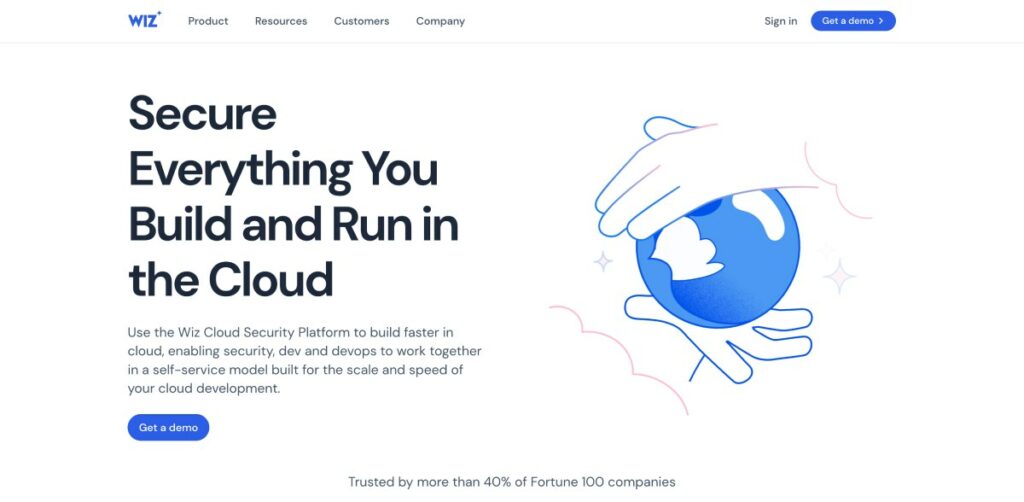
Wiz has swiftly emerged as a powerhouse in the CNAPP landscape. This 2020 startup has experienced remarkable growth, reaching $200 million in annual revenue within just two years.
Wiz offers a comprehensive platform that unifies container and Kubernetes security, vulnerability management, IaC scanning, CIEM, DSPM, KSPM, CWPP, and CSPM. Its impressive client list includes Slack, Salesforce, Avery Dennison, Cushman & Wakefield, Priceline, DocuSign,Agoda, and Mars.
With a stellar lineup of investors, including Sequoia, Insight Partners,Index Ventures and Lightspeed, Wiz stands out as a go-to solution for businesses seeking swift threat detection and elimination.
2. Check Point CloudGuard
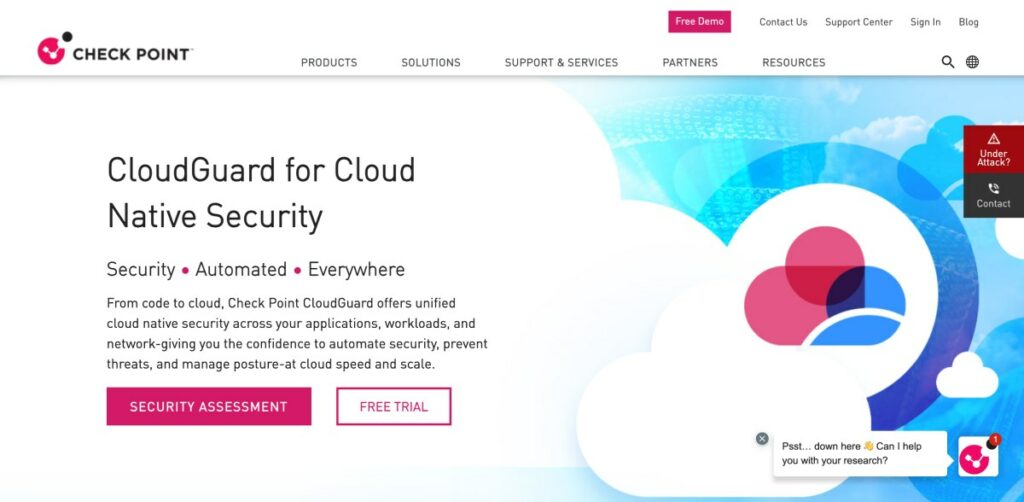
Check Point CloudGuard combines Cloud Workload Protection Platform and Cloud Security Posture Management to offer enhanced security capabilities for cloud-native apps.
This platform excels in providing runtime security and container security, supporting both agent and agentless monitoring and protection. With a user-friendly dashboard featuring a set of policy rules, Check Point CloudGuard is a solid choice for organizations aiming to bolster the security of their cloud-native apps.
3. Prisma Cloud
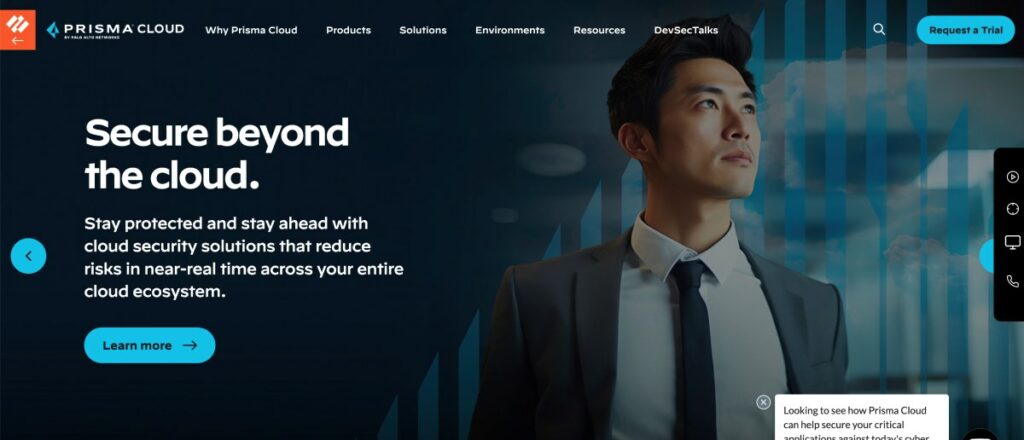
Palo Alto Networks' Prisma Cloud utilizes CNAPP technology to deliver a comprehensive security stack for cloud environments. Its unified approach facilitates seamless communication between DevOps and security operations teams, expediting the creation of secure cloud-native applications.
Prisma Cloud CNAPP stands out with its expansive features for protecting serverless and containerized applications, making it an attractive option for businesses seeking robust and proactive cloud-native application protection.
4. Sysdig Secure
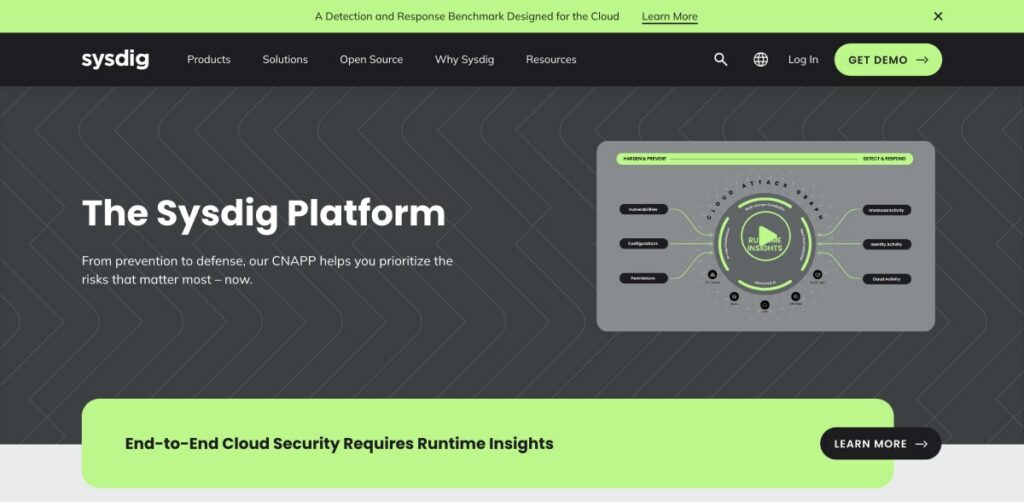
Sysdig Secure takes a unique approach by combining Cloud Detection and Response with Cloud-Native Application Protection Platforms. Leveraging the open-source Falco in both agent and agentless deployment modes, Sysdig Secure offers 360-degree visibility and connectivity across workloads, identities, cloud services, and external applications.
With features like enhanced Drift Control, software supply chain detection, incident response, identity threat detection, and live mapping, Sysdig Secure provides a comprehensive solution for swift threat detection in the cloud.
5. CrowdStrike Falcon Cloud Security
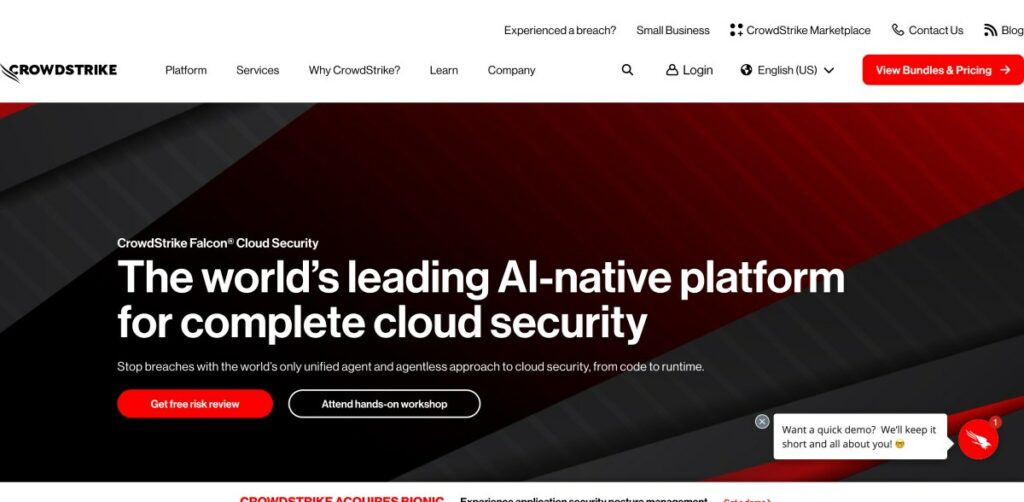
CrowdStrike Falcon Cloud Security is another great CNAPP solution, leveraging a combination of agent and agentless techniques for robust cloud security. With a primary objective to prevent cloud breaches, Falcon Cloud Security merges diverse security technologies found in different IT environments.
Noteworthy features include Cloud Workload Protection (CWP), Cloud Security Posture Management (CSPM), and Cloud Identity Entitlement Management (CIEM). Its advanced cloud detection and response capabilities helps security teams with real-time threat intelligence on over 200 adversaries, facilitating quick and precise cloud detection.
6. Lacework
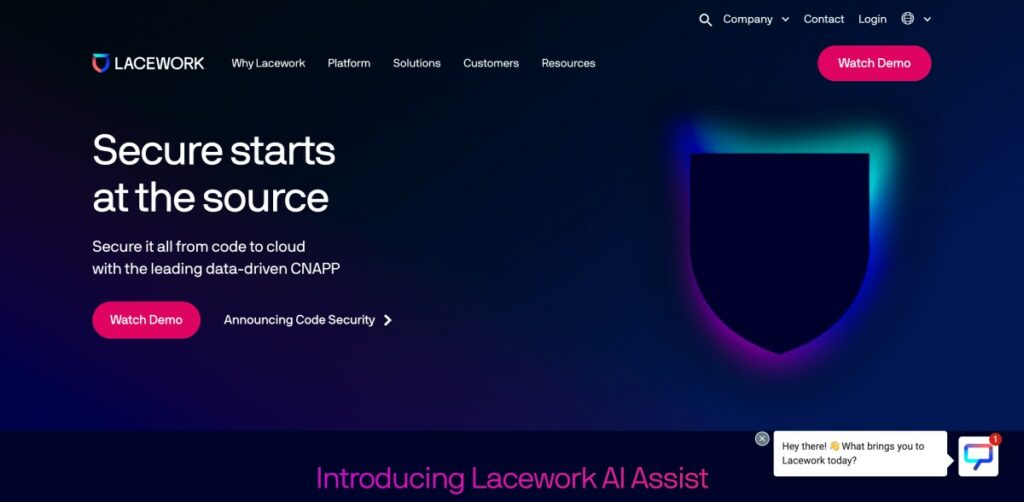
Lacework positions itself as a CNAPP solution designed to enhance cloud security at various stages of the software development lifecycle. By helping developers to execute inline vulnerability assessments and address risks in Infrastructure as Code (IaC) security, Lacework ensures that threats are identified even before reaching the production stage.The platform's Polygraph technology stands out, utilizing typical operating behavior to identify irregularities and potential threats like zero-day vulnerabilities.
Lacework's CNAPP supports multiple standards, including PCI, HIPAA, and NIST, and simplifies compliance by automating reporting and evidence gathering. By linking data from both build time and runtime, their CNAPP stresses a holistic viewpoint and provides users with a thorough context about potential dangers.
7. Microsoft Defender for Cloud
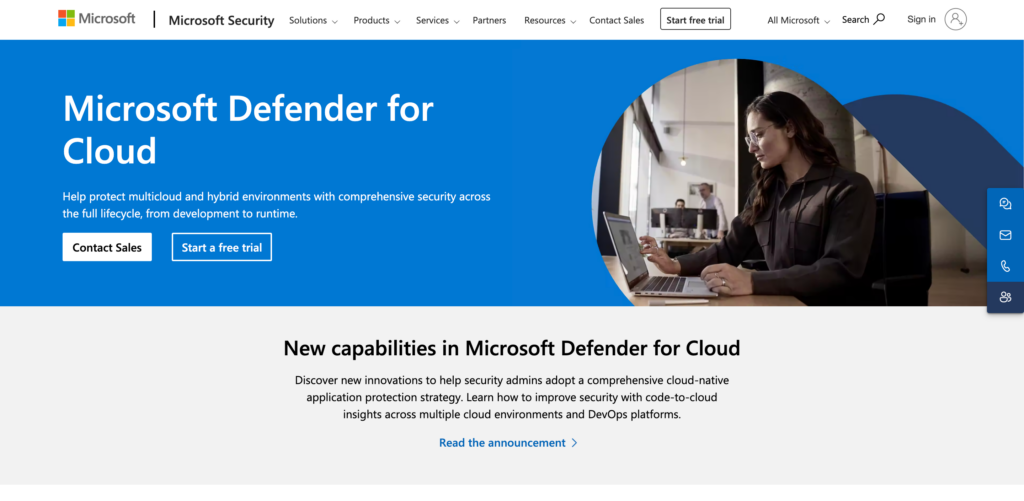
Microsoft Defender for Cloud is tailored to safeguard hybrid and multi-cloud infrastructures throughout their lifecycle, from development to operation. Offering comprehensive visibility and continuous monitoring, this CNAPP enables users to identify and prioritize critical threats efficiently. Its contextual security posture management feature utilizes data-aware insights to expedite the remediation process.
Providing wide-ranging multi-cloud defenses for data, infrastructure, and cloud apps, Microsoft Defender for Cloud integrates native threat detection and rapid response capabilities.
The platform combines flexibility with all-encompassing security by providing vulnerability scans that are both agentless and agent-based. Next, using its attack-path analysis to identify critical risks, it collects pertinent threat data from cloud security graph queries.
8. Orca Security
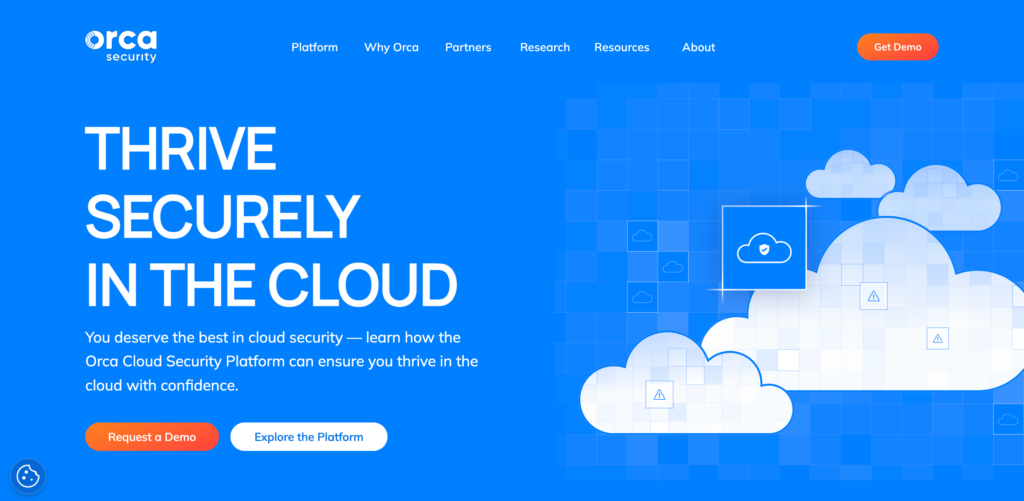
Orca Security is a renowned cloud security platform offering diverse security and compliance solutions for various cloud environments, including AWS, Azure, Alibaba Cloud, Google Cloud, and Kubernetes.
By combining features like vulnerability management, multi-cloud compliance, and container security, Orca Security eliminates the need for managing standalone solutions. The platform ensures users have comprehensive awareness of all hazards associated with their cloud, from advanced attacks to misconfigurations.
Using Orca's distinct attack route analysis, users can automatically identify Personally Identifiable Information (PII) and other crucial assets, as well as identify and prioritize major risks without having to comb through lengthy warning lists.
9. PingSafe
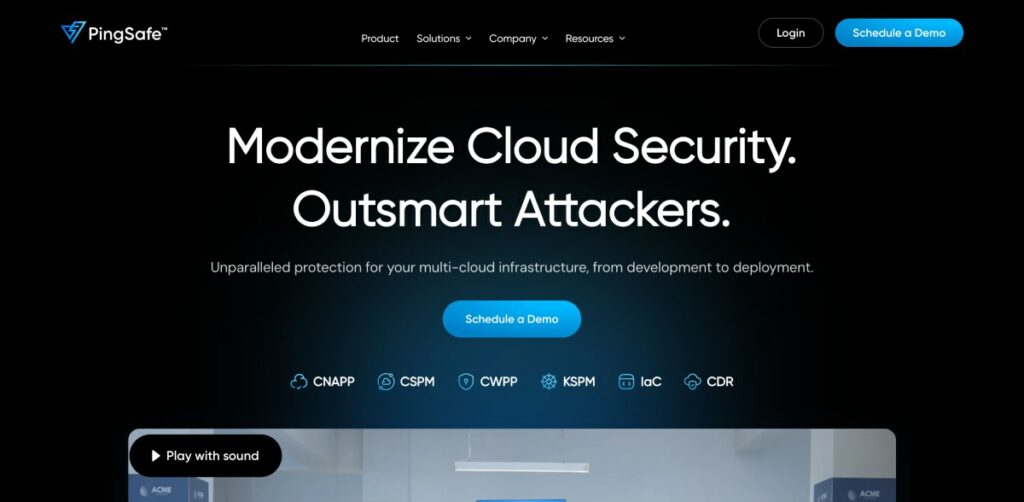
PingSafe presents a unified platform designed to enhance the security of multi-cloud systems. Its innovative “single pane of glass” approach simplifies cloud compliance monitoring, providing users with a comprehensive overview of their entire cloud infrastructure.
The platform's integrated gap analysis adheres to standards like PCI, HIPAA, SOC2, and others. PingSafe's agentless structure facilitates effective vulnerability management for Cloud Workloads, ensuring complete coverage.
Emphasizing early testing, PingSafe helps companies in managing vulnerabilities from the initial stages of the development cycle, thereby reducing the time to detect and address threats.
Key Issues Addressed by CNAPPs
- Improved risk quantification and visibility: CNAPPs enhance total visibility of risks associated with cloud infrastructure, offering a consolidated solution for identifying, evaluating, and addressing issues in the cloud environment.
- Hybrid cloud security program: CNAPPs provide end-to-end cloud infrastructure security, eliminating the need for data interchange between platforms and software programs. This minimizes human error and accelerates threat notification by consolidating reporting, scanning, and threat detection.
- Development of secure software: CNAPPs enable scanning and rapid response to misconfigurations, supporting the continuous integration and delivery (CI/CD) paradigm. Integration at the early stages of development allows for scanning modifications, such as Infrastructure as Code (IaC) configurations, and blocking unsafe cloud deployments.
Checklist for CNAPP Implementation
Implementing a CNAPP requires careful planning and consideration of key factors including,
- Select a well-developed solution: Choose a CNAPP provider dedicated to staying at the cutting edge of cybersecurity. Ensure the provider offers assistance during the implementation phase to address evolving cyber threats.
- Prioritize thoroughness: Opt for the most comprehensive solution to maximize the benefits of transitioning to a CNAPP. Thorough solutions provide the best possible prioritization of risks and alerts, reducing alert fatigue for security teams.
- Address alert weariness: Select a complete solution that offers optimal prioritization of risks and alerts to prevent alert fatigue among security teams. Choosing a vendor that provides both CNAPP and cloud services ensures seamless integration.
- Include every type of habitat and artifact: Ensure that the CNAPP can integrate security functions across different types of artifacts and protect on-premises, private cloud, and public cloud resources. A holistic approach reduces complexity and streamlines security functions.
- Adopt a DevSecOps mentality: Embrace a DevSecOps mentality to integrate security into the application development lifecycle continuously. Anticipate changes in roles and processes, fostering a culture where security is an ongoing activity rather than an afterthought.
- Consider change management: Acknowledge that deploying a unified solution will require time for both developers and security teams to familiarize themselves with the CNAPP's functionalities. Plan in advance to minimize operational disruptions.
Ludjon, who co-founded Codeless, possesses a deep passion for technology and the web. With over a decade of experience in constructing websites and developing widely-used WordPress themes, Ludjon has established himself as an accomplished expert in the field.



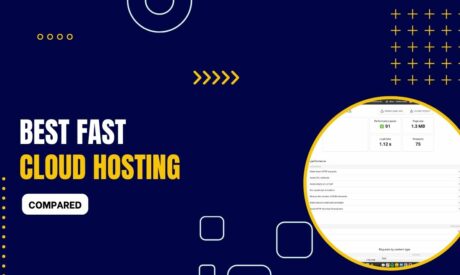
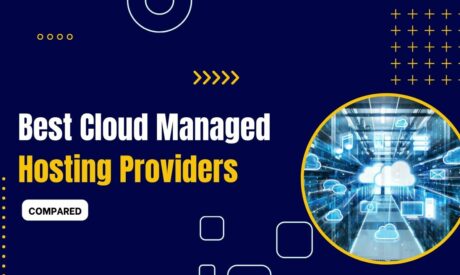
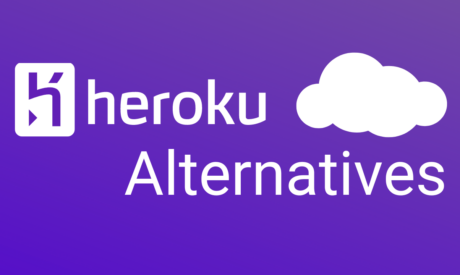
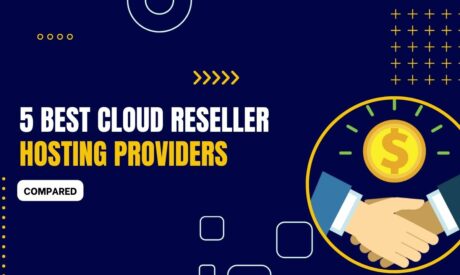
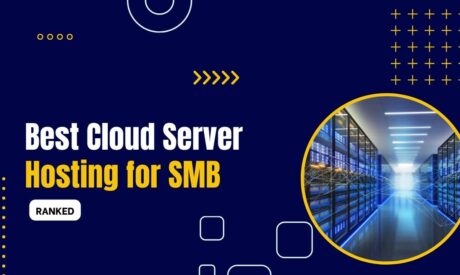
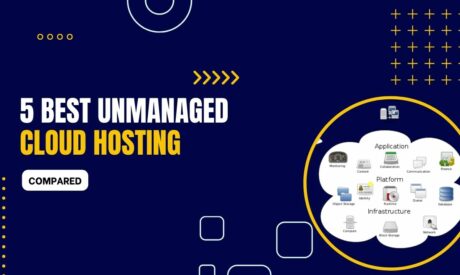
Comments